In the rapidly evolving landscape of blockchain technology, Ethereum has emerged as a revolutionary platform that extends beyond just being a cryptocurrency. With its innovative concept of a decentralized world computer, Ethereum has opened up endless possibilities for developers to build decentralized applications (dApps) that have the potential to reshape industries. This article delves into the world of Ethereum development, guiding you through the process of building apps on the “World Computer.”
Understanding Ethereum’s Unique Architecture
Ethereum’s architecture is built on a decentralized network of computers, or nodes, that collectively create a “World Computer.” At its core are smart contracts, self-executing programs with predefined rules. These contracts enable developers to build dApps that operate autonomously and transparently, without the need for intermediaries.
Before diving into Ethereum development, it’s essential to set up your development environment. This involves installing necessary tools, such as the Ethereum client, a code editor, and the appropriate programming language libraries.
Smart contracts are the foundation of Ethereum development. They define the rules and logic governing dApps. Developers write smart contracts using programming languages like Solidity, and these contracts are then deployed on the Ethereum blockchain.
Choosing the Right Programming Language
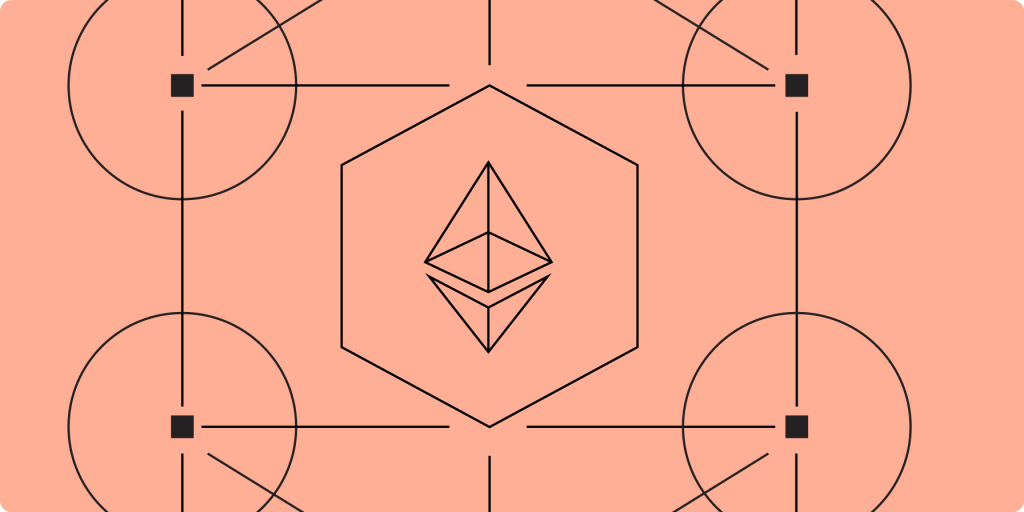
Solidity is the most popular programming language for Ethereum smart contracts. It’s designed to be secure and offers a wide range of features for developing complex dApps. However, alternative languages like Vyper also provide unique advantages.
To interact with Ethereum’s blockchain and smart contracts, developers utilize libraries like Web3.js and ethers.js. These libraries enable seamless communication between dApps and the Ethereum network, allowing users to perform transactions and read data from the blockchain.
Designing user-friendly dApps involves following decentralized design principles. These principles emphasize simplicity, security, and intuitive user experiences, ensuring that users can easily navigate and interact with the app’s functionalities. Security is paramount in Ethereum development. With the irreversible nature of blockchain transactions, developers must address potential vulnerabilities and implement best practices to safeguard user funds and data. As Ethereum gains popularity, scalability becomes a challenge. Various solutions, including layer 2 protocols and sidechains, aim to address scalability issues by reducing the load on the main Ethereum network.
Token Standards: ERC-20, ERC-721, and Beyond
Token standards like ERC-20 and ERC-721 have revolutionized fundraising and digital ownership. These standards allow developers to create fungible and non-fungible tokens, paving the way for tokenized assets and unique digital creations.
Oracles play a crucial role in connecting dApps with real-world data. They provide external information to smart contracts, enabling applications to react to real-world events and conditions. Decentralized Finance, or DeFi, has disrupted traditional financial services by offering open and permissionless access to various financial products. Lending, borrowing, trading, and yield farming are some of the innovative DeFi applications built on Ethereum.
NFT Marketplaces: Showcasing Digital Ownership
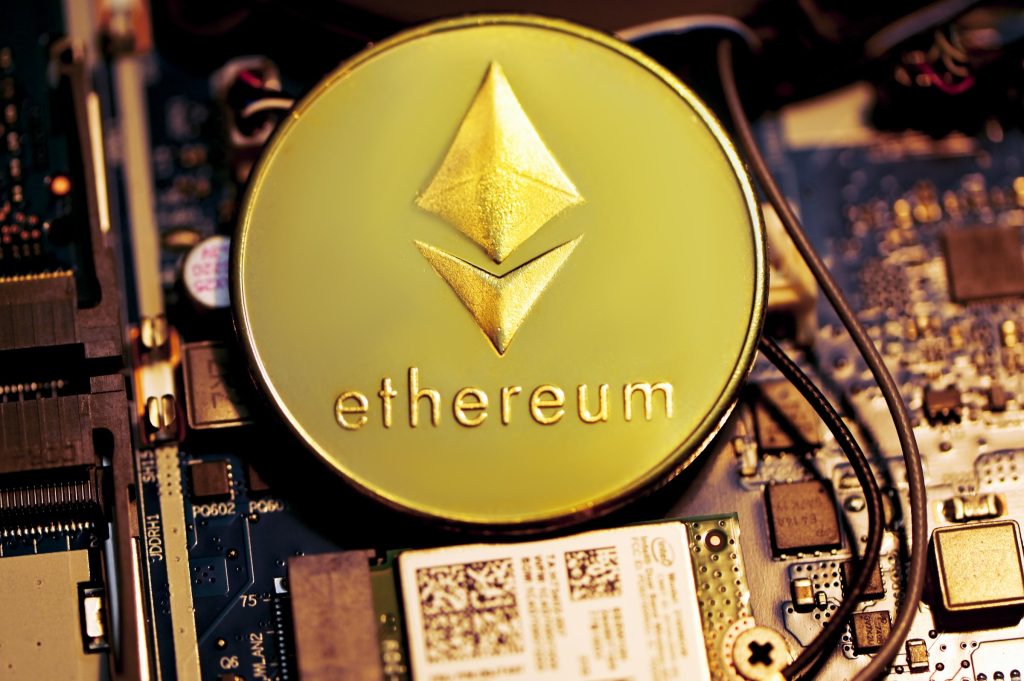
Non-Fungible Tokens (NFTs) have taken the art and entertainment world by storm. NFT marketplaces on Ethereum allow creators to tokenize and sell their digital artwork, collectibles, and other unique digital assets.
Ethereum 2.0 is a major upgrade aimed at addressing scalability and energy consumption. The shift from Proof of Work (PoW) to Proof of Stake (PoS) consensus mechanism promises faster transactions and reduced environmental impact. Cross-chain interoperability enables assets and data to move seamlessly between different blockchains. Ethereum’s compatibility with other blockchains enhances its utility and opens the door to new possibilities.
Future Outlook and Innovation in Ethereum
The future of Ethereum development holds exciting possibilities, including advancements in privacy, scalability, and cross-chain communication. As the ecosystem continues to evolve, developers will play a pivotal role in shaping the next generation of dApps and blockchain solutions.
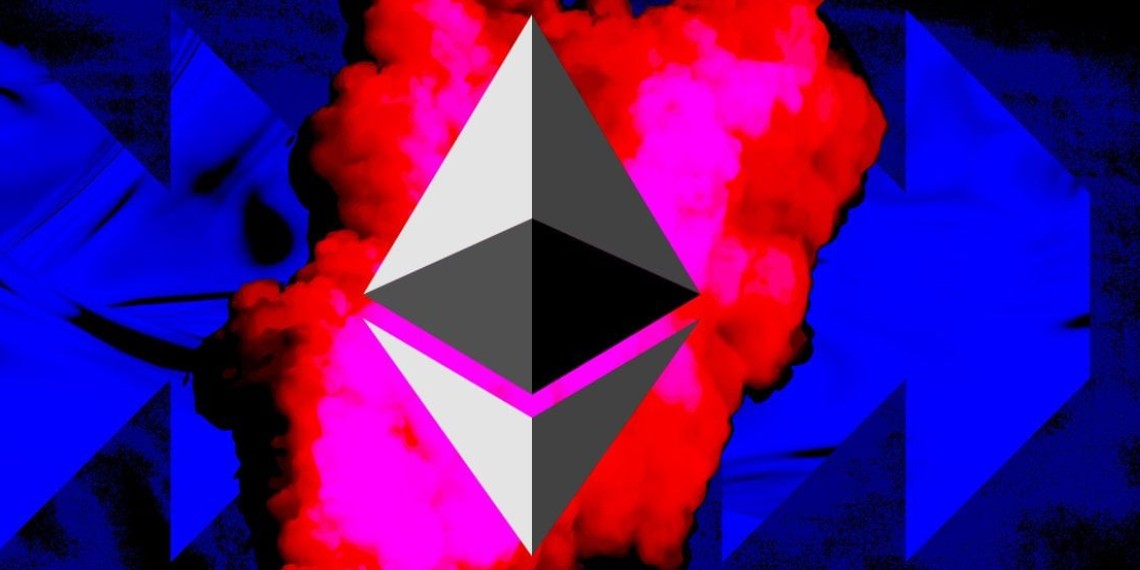

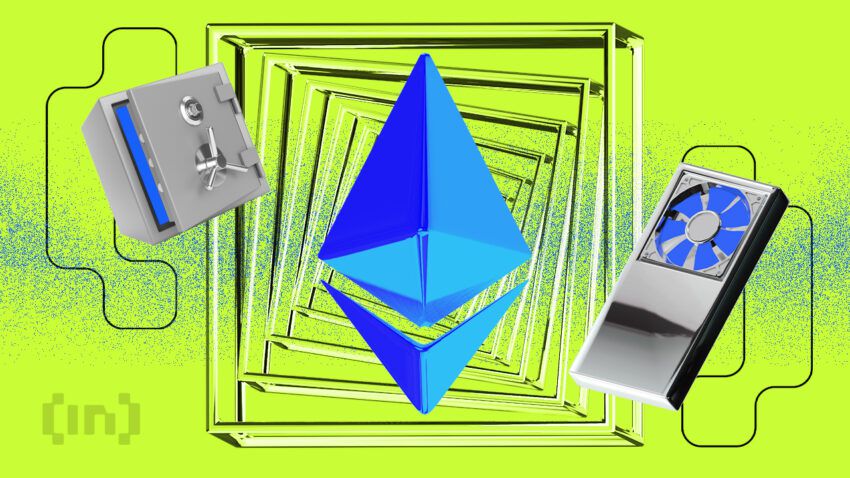
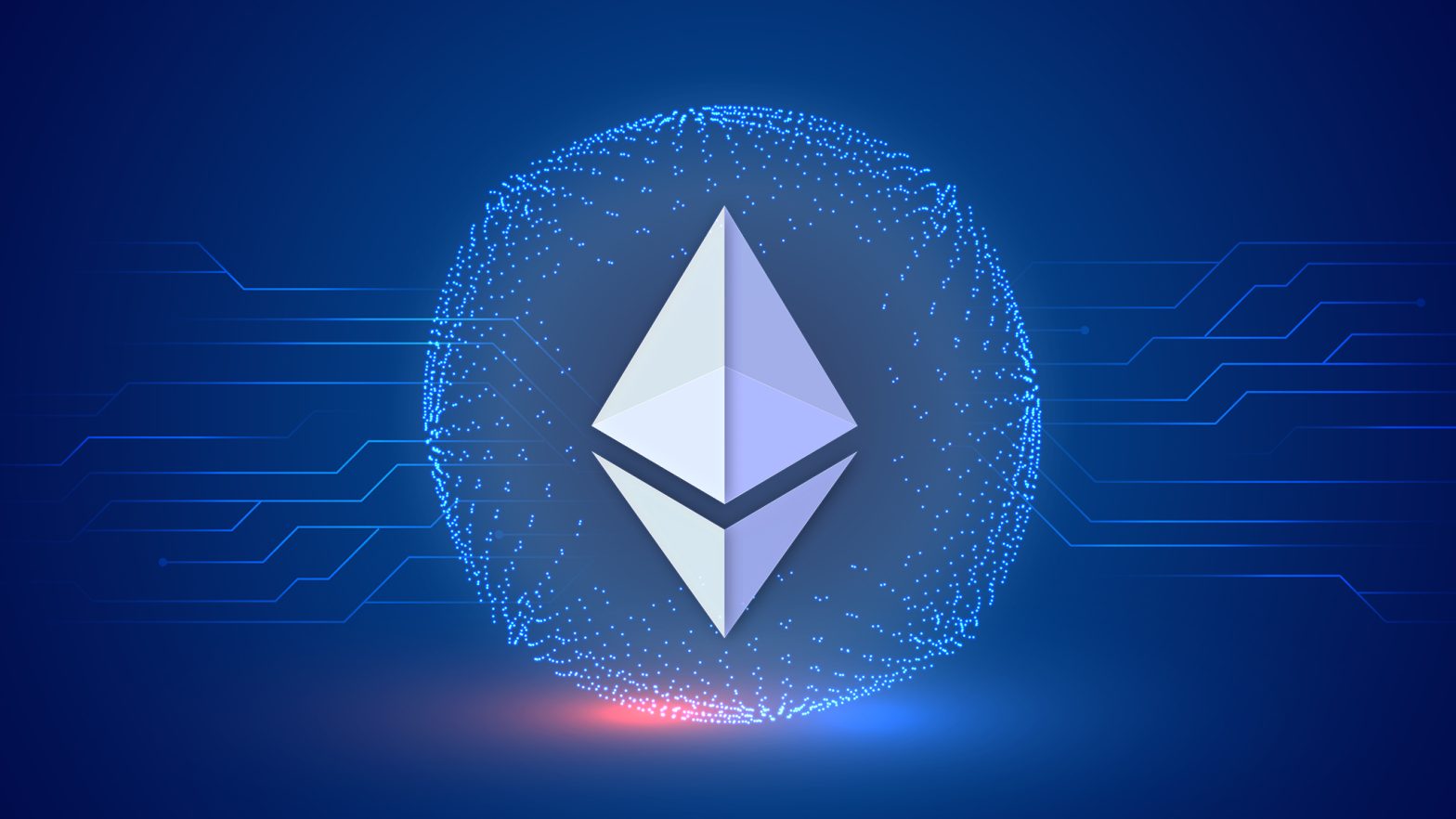
Leave a Reply